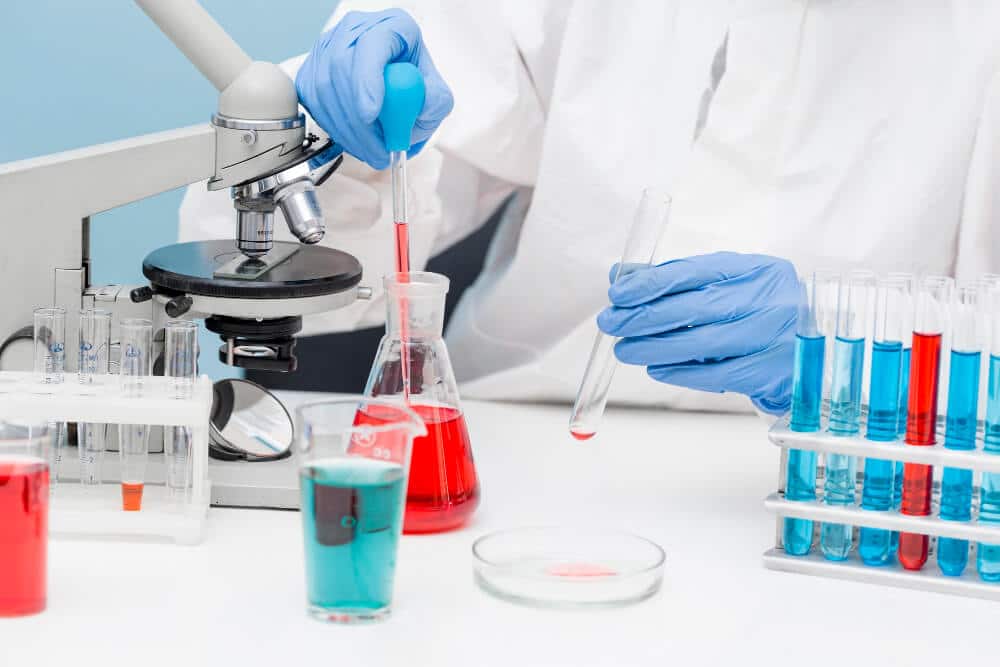To get into the depth of de ionizing of chemical bonds you need to get a clear idea about chemical bonds. Have you ever thought about chemical bond? A chemical bond can be best explained as a lasting attraction within atoms.
As a result of their attraction, chemical compounds are formed. The cause of this bond can be cited as due to:
- When atoms of opposite charges get attracted to each other, then the resultant bond is formed due to electrostatic force
- Chemical bonds like covalent bonds can also be formed by sharing electrons
The bonds can also be divided on the basis of their strength like:
- Strong bonds. For instance iconic bonds or covalent bonds
- Weak bonds. For instance dipole- dipole attraction, hydrogen bonding and London dispersion
As the oppositely charged attracts each other through an electromagnetic force similarly negatively charged protons get attracted to each other in a nucleus. As a result an electron situated between two nuclei will thereby get attracted to both of them. The nuclei on the other hand will get attracted towards electrons in this situation. This kind of attraction comprises the chemical bond.
As the electrons have smaller mass the electrons will occupy quite a large amount of volume when compared with nuclei. This particular volume as occupied by the electrons will tend to keep the atomic nuclei far apart from each other. This kind of phenomena is responsible to create the distance between atoms and nuclei in a bond.
How are chemical bonding associated with?
- Chemical bonding is associated with the transfer and sharing of electrons within the active atoms
- All the atoms present in crystals, molecules, diatomic gases and metal are held together by these chemical bonds
- The chemical bonding is able to dictate the bulk properties and structure of matter
What are the features of chemical bonding?
- Chemical bonds can be well explained with the help of quantum theory
- Chemists can simply predict the directionality, strength and polarity of bonds
- Sophisticated theories like valence bond theory can explain chemical bonds more distinctly.
- Electrostatics are meant to describe the different kinds of bond polarities and their effects on various chemical substances
How can you de ionize the circle of chemical bonds with Chemistry assignment?
All living things are made of atoms and they are usually interacting with each other. They are generally connected through strong bonds and are well organized into crystals or molecules. If they do not form a strong bond then they will form weak bonds where they will tend to brush up against each other.
- Why do they firm chemical bonds?
The atoms try to reach to the most stable state. Most atoms have a habit f staying stable when the electrons fill up their valence shell
- When does the atom become ions?
When the atoms get to share the electrons then the shared electrons form a specific bond that keeps the atoms connected to each other. They become ions when the atoms start to gain or lose different electrons.
- How can ions form bonds?
The charged ions get to form bonds with the ions who are oppositely charged. All these interactions result in the formation of strong bonds within crystals and molecules.
What is covalent bond?
- The valence shells can be completed by sharing electrons within the atom and then covalent bonds can be formed.
- They are very strong and are usually found among all living things.
- These covalent bonds form the main structure of organic molecules rich in carbon structure like DNA and proteins
- These covalent bonds are commonly found in various molecules like CO2, O2 and H2O.
- In order to get a clear idea of covalent bonding you can go through the example of water. Water molecule contains two atoms of hydrogen which in turn gets bonded with an atom of oxygen. Each molecule of hydrogen shares an electron with oxygen.
- This shared electron gets separated with time within the valence shells of the oxygen and hydrogen atoms.
- As a result, water molecule becomes more stable
What are nonpolar covalent bonds?
- This type of bond is formed between two atoms within a same element. They can also be formed between different atoms who also shares electrons equally
- In case of molecular oxygen, which is nonpolar as the electrons are shared equally between the oxygen atoms.
- Methane is another example for nonpolar covalent bond.in the outermost shell carbon contains four electrons. This octet can be received after sharing the electrons with four atoms of hydrogen
- The hydrogen atoms similarly demand one extra electron to complete their outermost shell.
- Carbon and hydrogen bonds are generally considered as nonpolar as they do not share the same electronegativity
What are ionic bonds?Â
- Atoms can attain stability by losing or gaining electrons
- An ion is formed when a molecule or an atom gains positive or negatively charged electron
- Negative ions or anions are formed by gaining electrons and cations are formed when electrons get lost
- Example of ion formation can be cited as sodium and chlorine
- Sodium has only one electron, so sodium can easily donate its electron from its outer shell. As a result sodium loses one electron
- Chlorine contains seven electrons. For chlorine, it is quite easier to gain an electron than losing all its seven electrons.
- When both the sodium and chlorine gets combined to each other, then sodium donates an electron and thereby empties its shell and chlorine accepts that.
To know more about the chemical bonding students can follow the several online professional help websites.

